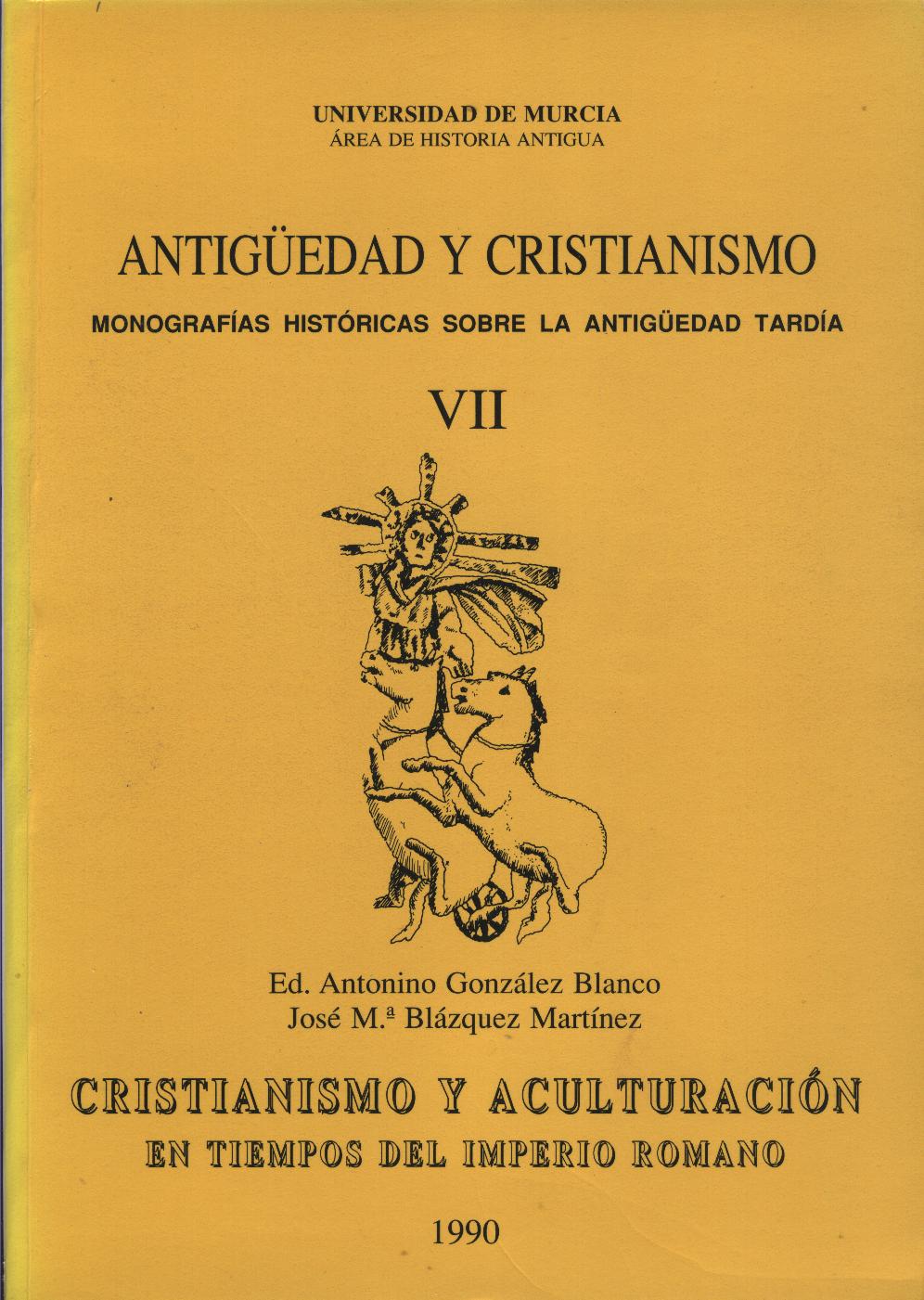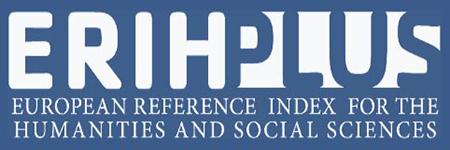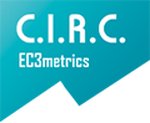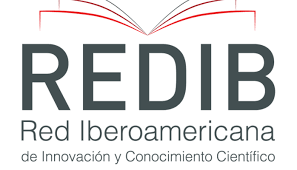L’ impact de l’ ‘apatheia’ stoicienne sur la pensée chrétienne jusqu’ à Saint Augustin
Resumen
This is a rewiew of the concepts af Apatheia and the state of the investigation at this moment. The areas in which this notion is used in the ancient Christianism are the theological, moral and spiritual. In the theological ambitus the concept is used in relation to the nature of God and the coneptual problems which arise when the subject of the incarnation of the Word is analysed. This question has two parts: the problem of the divine generation and the conceptualization of the incarnation of the Word. In its moral aspect there is a curious divergence between the two halves of the Empire. The term Apatheia is used frequently by the greek authors such as: Clement of Alexandria, Orígenes, Gregory of Nazianzus, Basil of Caesarea, John Chrysostom and Gregory of Nyssa. But in the Western Empire the opposite occurs and the concept does not appear until the fourth century and, generally speaking, there is an open opposition to its use - for exampleby Ambrosius and Augustine. The stand taken by this last author was probably taken in oppostiion to the Palegians, the only latin group which held its use in high esteem. From the spiritual point of wiew the situation is similar and John Cassian is the only western author who studied the concept and appreciated its value. The author concludes his exposition setting forth the questions which such documents present.
Descargas
-
Resumen295
-
PDF451
1. Los autores ceden de forma no exclusiva a la revista los derechos de explotación (reproducción, distribución, comunicación y transformación).
2. Las obras que se publican en esta revista están sujetas a la licencia Attribution-ShareAlike 4.0 International (CC By SA 4.0). Por lo que se pueden copiar, usar, difundir, transmitir y exponer públicamente, siempre que:
i) se cite la autoría y la fuente original de su publicación (revista, editorial y URL de la obra), permitiendo así su reconocimiento.
ii) se permite remezclar, transfromar o crear a partir del material mientras se mantenga la misma licencia del original.
Nota: Los artículos anteriores a 2022 muestran incorrectamente la licencia CC by SA en la página de resumen. Están bajo una licencia CC by NC ND tal y como se incluye en los pdfs de los artículos. Los artículos publicados en 2022 y después están bajo la licencia CC by SA.

3. Condiciones de auto-archivo. Se permite y se anima a los autores a difundir electrónicamente las versiones pre-print (versión antes de ser evaluada) y/o post-print (versión evaluada y aceptada para su publicación) de sus obras antes de su publicación, ya que favorece su circulación y difusión más temprana y con ello un posible aumento en su citación y alcance entre la comunidad académica. Color RoMEO: verde.
























